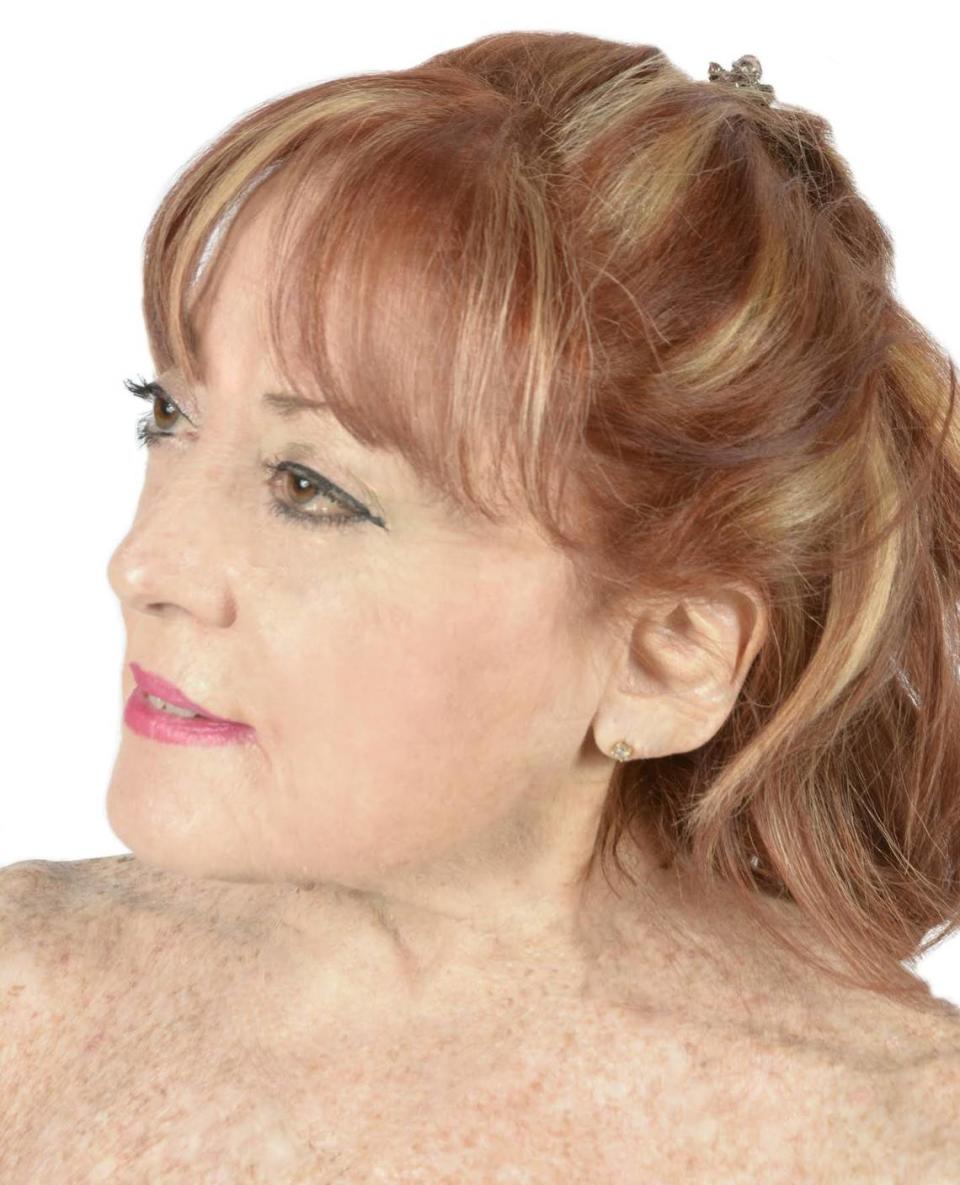In the push for diversity and equity, we must make sure that disability is included | Opinion
In recent years, there has been a huge outcry across the country demanding that we make our society more diverse, equitable and inclusive. Many people relate this movement exclusively to race, color and, to some extent, gender. However, I see the issues of exclusivity and isolation more expansively: race, gender, sexual orientation, gender identity, age and disability all are part of the equity equation.
I was born with spina bifida, which was considered a severe disability. Clearly, inclusion and equity for people with disabilities are close to my heart. We, too, experience and suffer from injustices and discrimination. In years past, it was common to institutionalize people with disabilities. People with disabilities were treated as useless burdens to society, and I realize that privileged individuals are challenged to see the other side — our side — because they have not lived it.
.Growing up in an artistic family — my mother a professional dancer and my father a musician — I had always dreamed of following in my mother’s footsteps. But in the 1950s and ’60s, my dream was seen as absurd — and even impossible. But, as a child, I received inspiration, strength and determination from my family. None of them said that I can’t dance — I only got that message from society.
There were no places where I could learn to dance at the time, no one to emulate as a professional wheelchair dancer. Somehow, I was able to break the mold and succeed, having a 40-year career as a professional dancer and as artistic director of America’s first physically integrated dance company, Dancing Wheels, based in Cleveland, Ohio.
In a dance/theater piece “Walking on Clouds,” created for us in 2005 by David Rousseve, in collaboration with an African-American dance company, real-life stories told by the dancers expressed the similar experience that we all had to go through in our quest for equality. This work was ahead of its time, taking the audience on a journey paralleling the path that the African-American, gay and disability rights movements took to gain access and equality. We had to stand up for our rights, we had to take actions of civil disobedience to be seen and heard. As stated in the piece, “In 1955, Rosa Parks sat in the front of the bus; in 1985 people with disabilities captured buses to make them accessible.”
The term “allyship” really is the way society should be looking at inclusiveness, equity and equality — to think, act and treat others as you would want to be treated. To try to understand, listen to and really hear what those of us who have been through unthinkable discrimination have to say. By practicing intersectionality, we can better understand and support the differences among us. Yes, we are all different in some way, shape or form, but together we can — and will — achieve great heights of egalitarianism. My four decades as a dancer often have been difficult.
I’ve had to deal with preconceived ideas, ignorance and resistance. Yet, here we are, with our company, celebrating arts and access and inclusion in an incredible integrated dance festival in Miami, “Forward Motion.” It represents a triumphant culmination of all of this work, rising above the intolerance and discrimination of years past.
Through our artistry, we bring different talents and abilities to our work. Our uniqueness is an expression of our artistic and human voices — and part of the movement for equity.
Mary Verdi-Fletcher is artistic director the Dancing Wheels Company, which will perform Saturday, Sept. 25, at the Miami-Dade County Auditorium, as part of the “Forward Motion” festival. For more information, visit ForwardMotionMiami.com.


